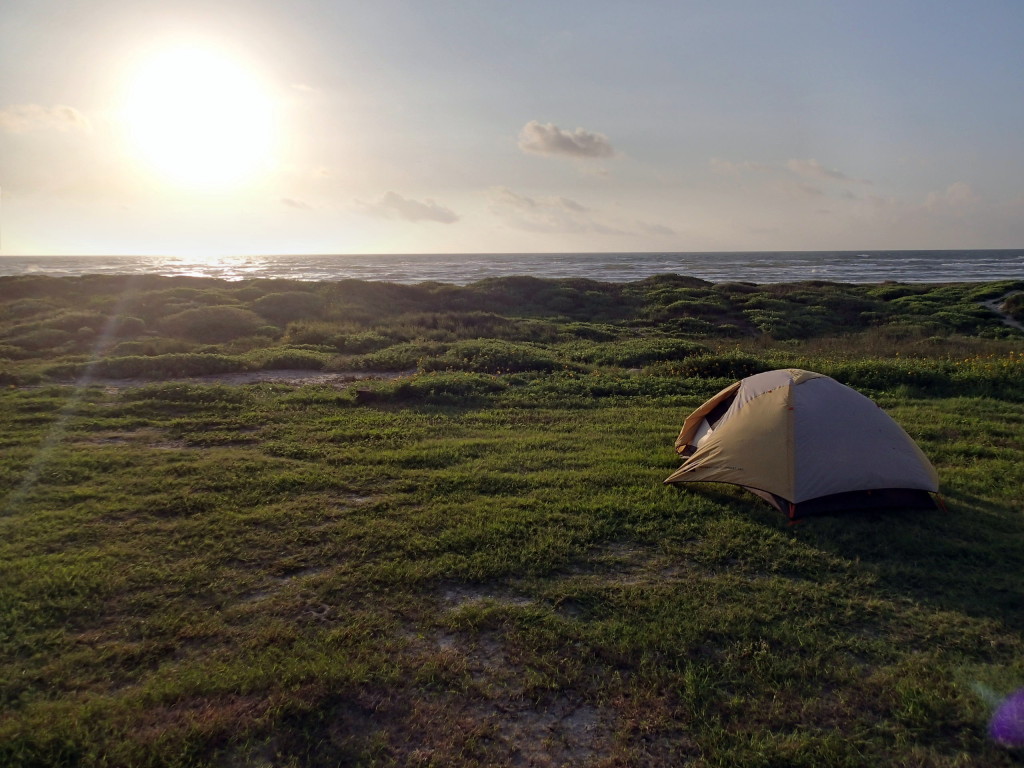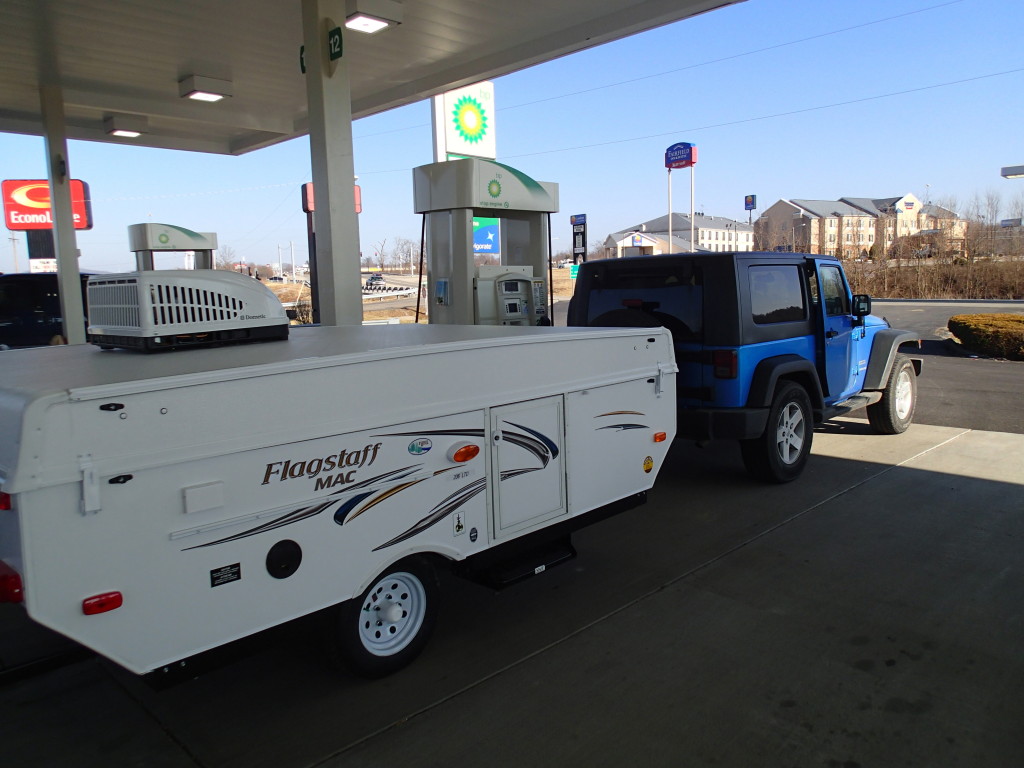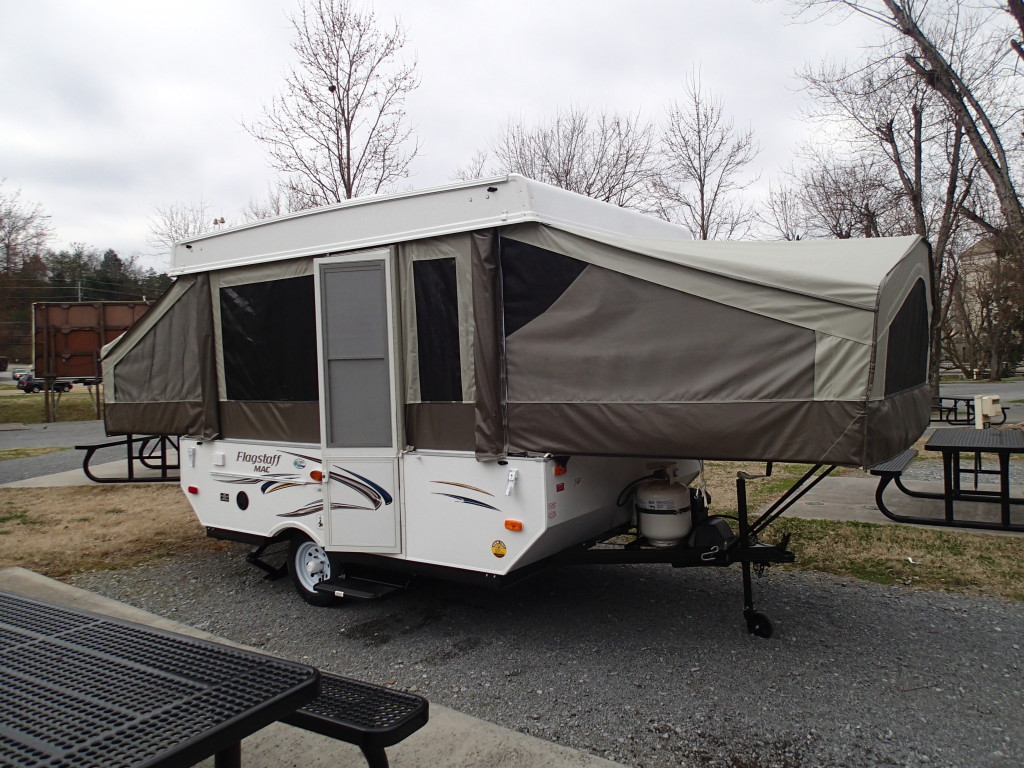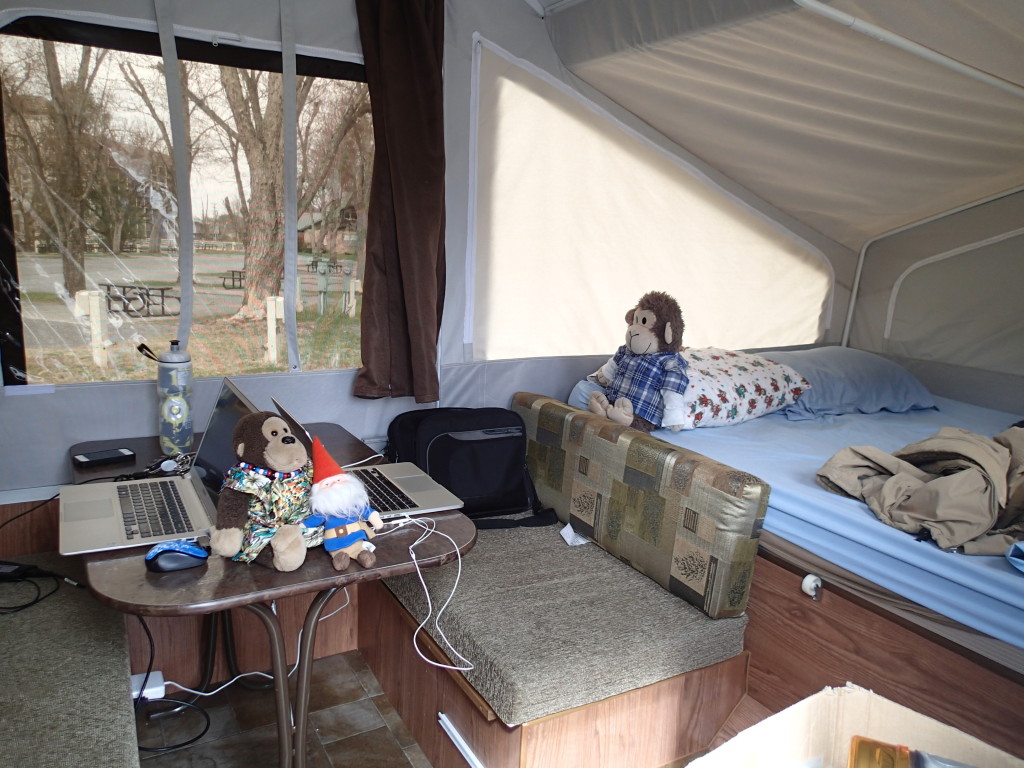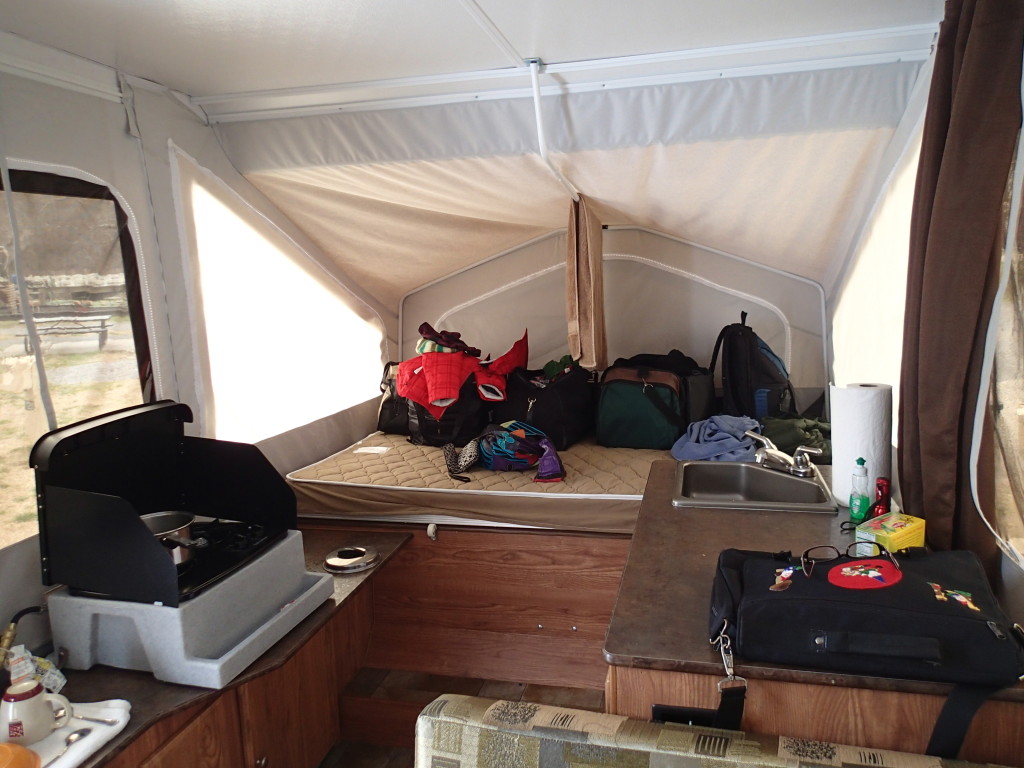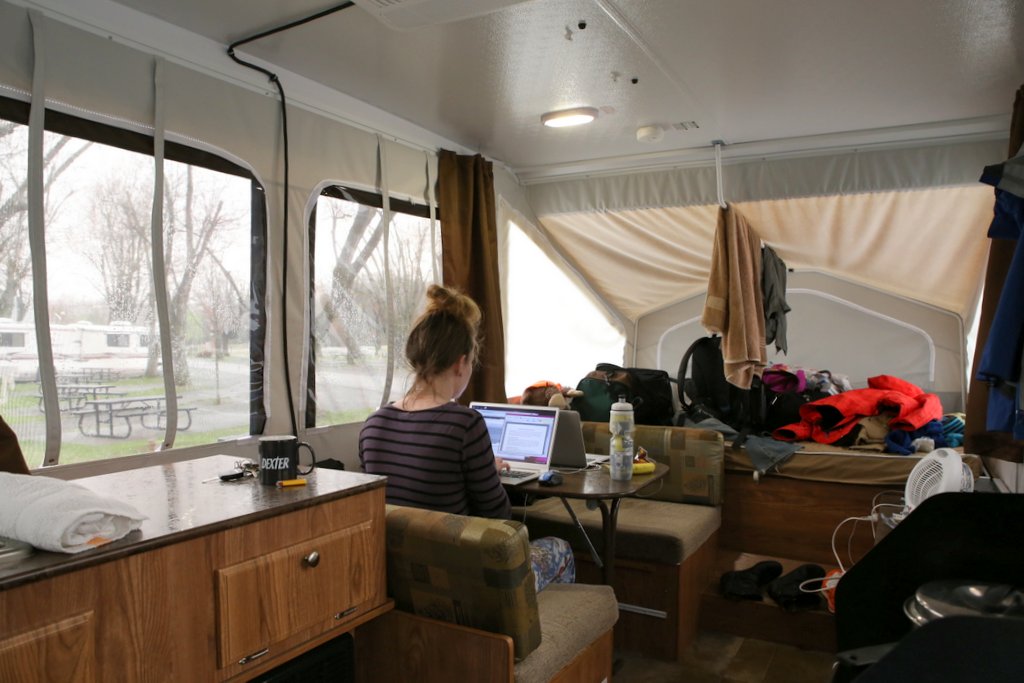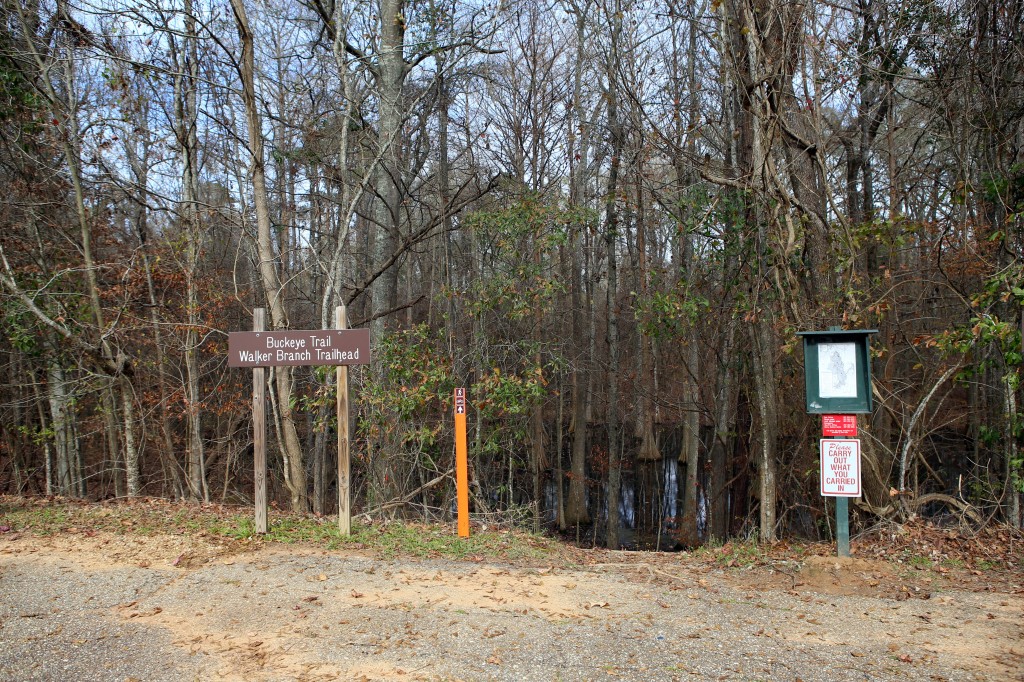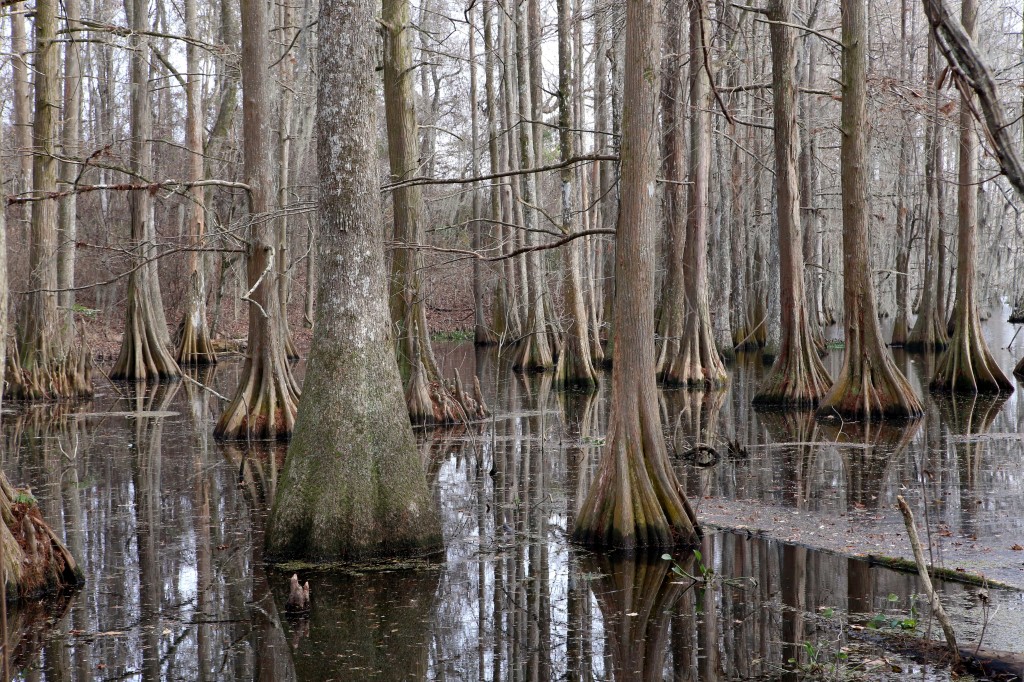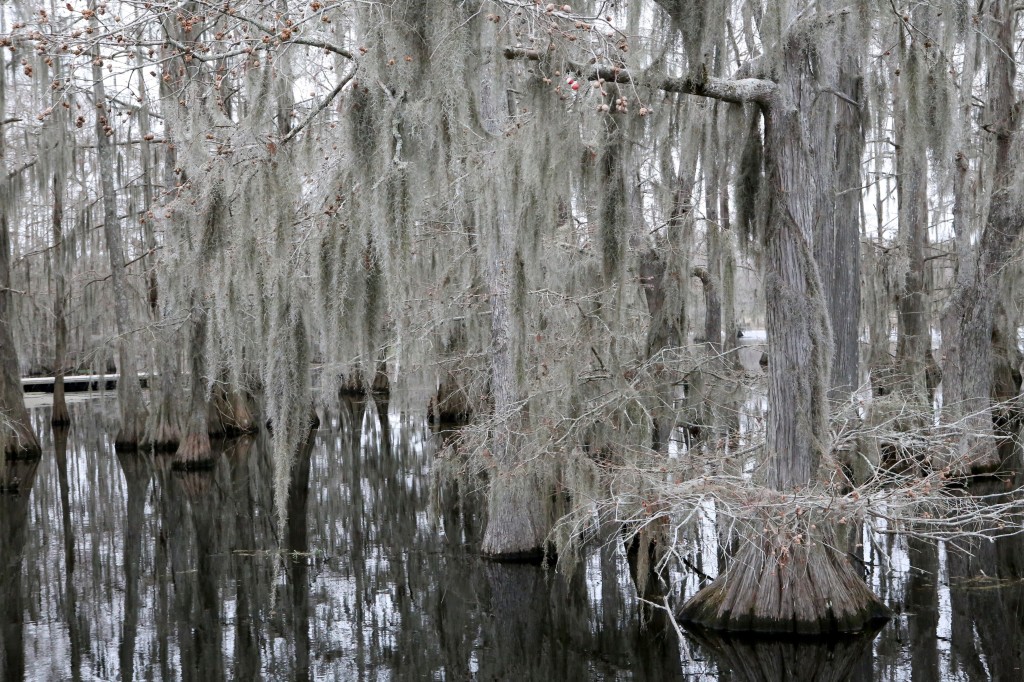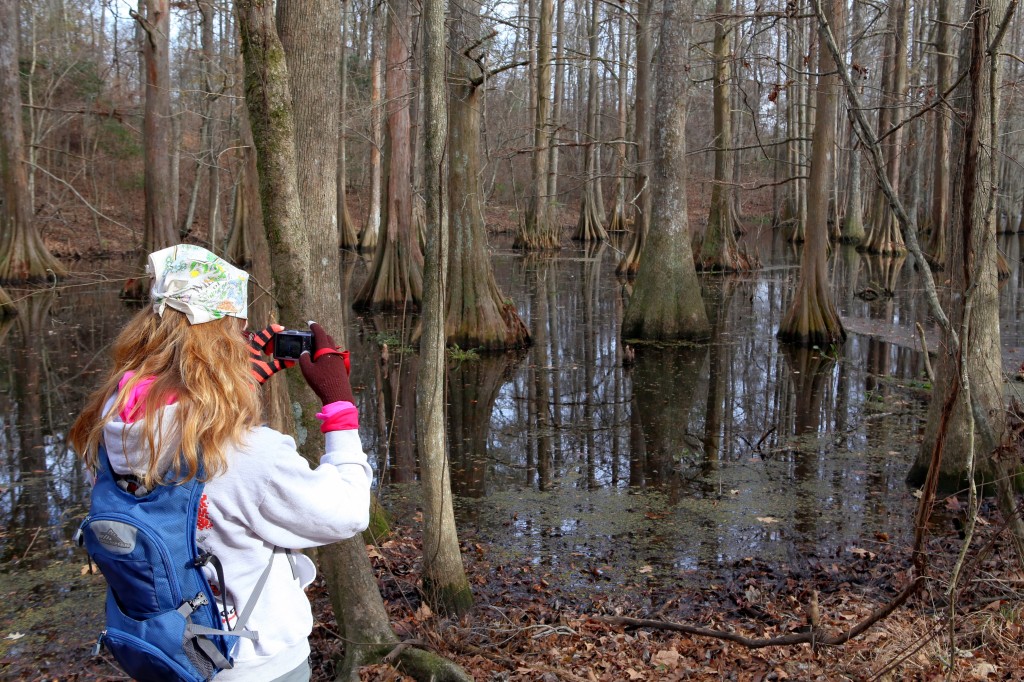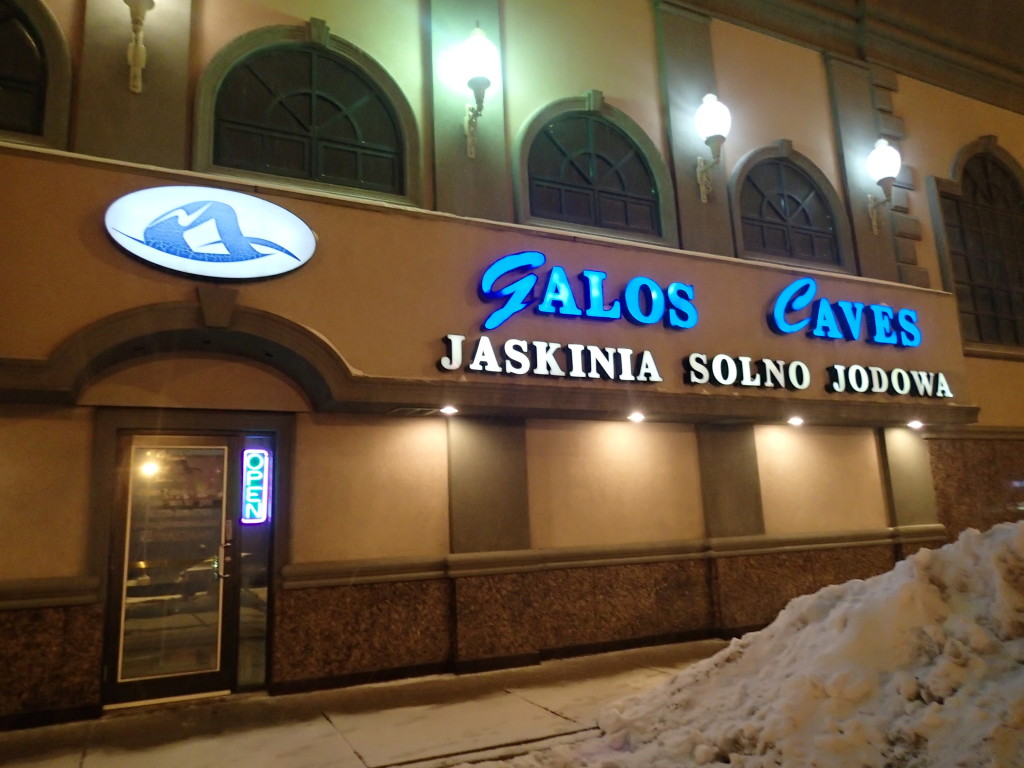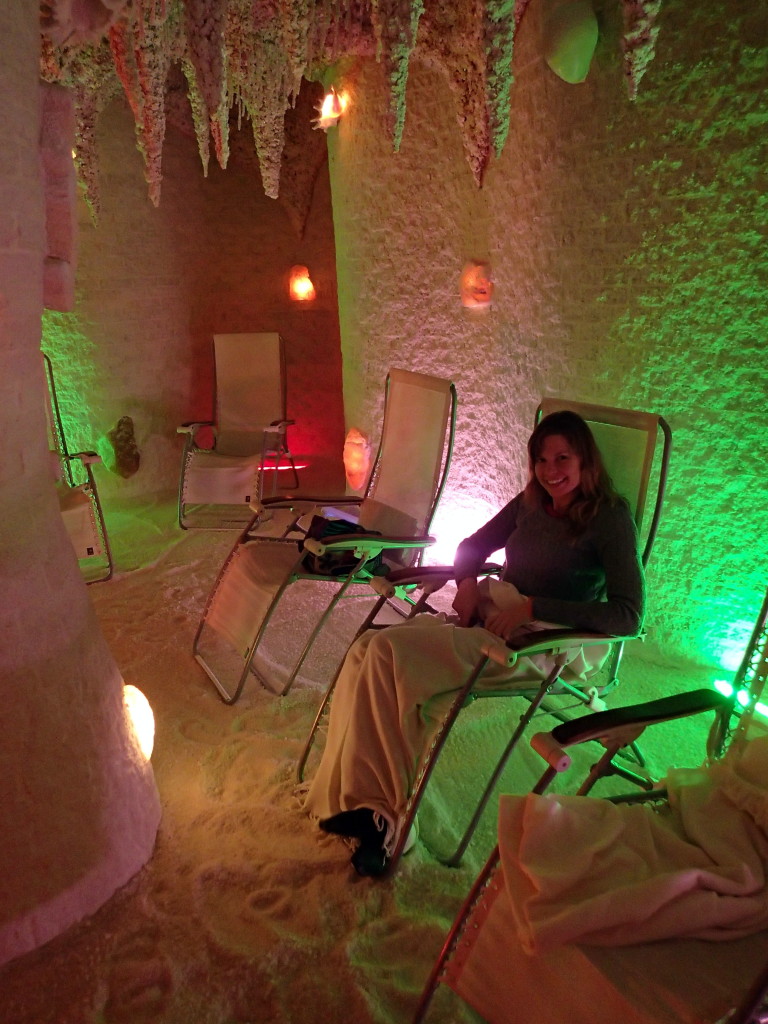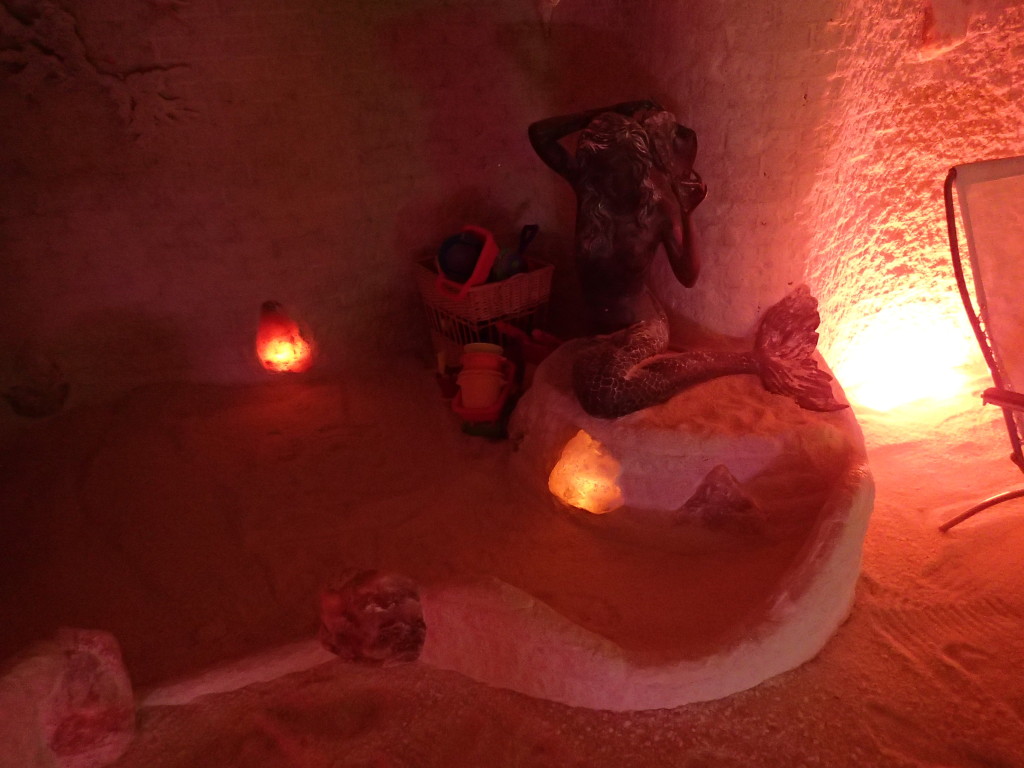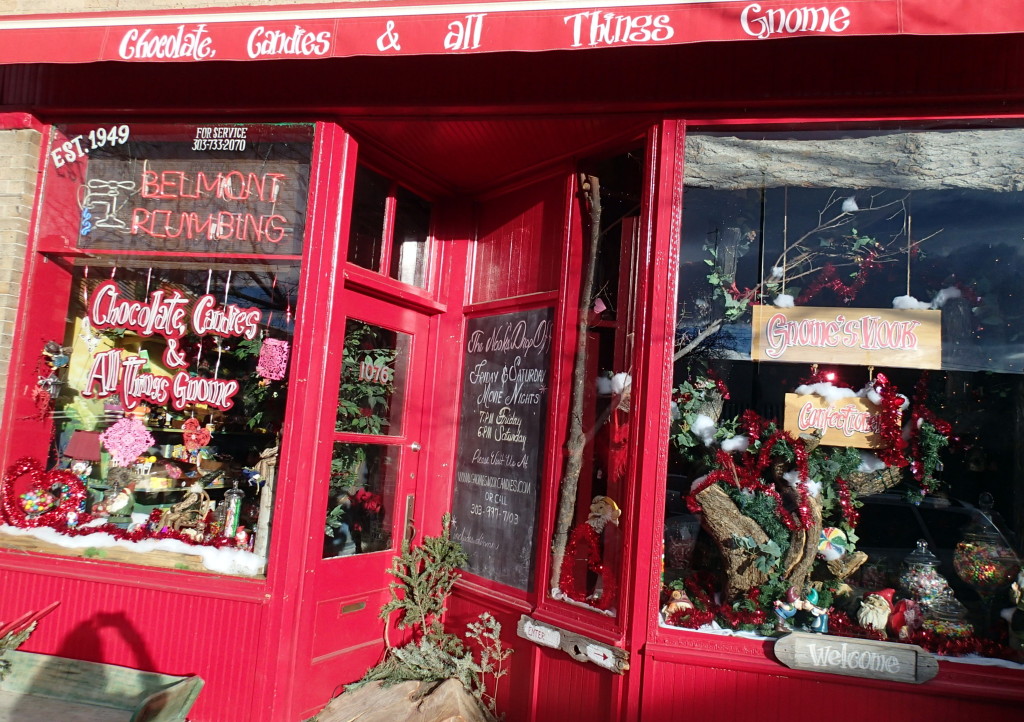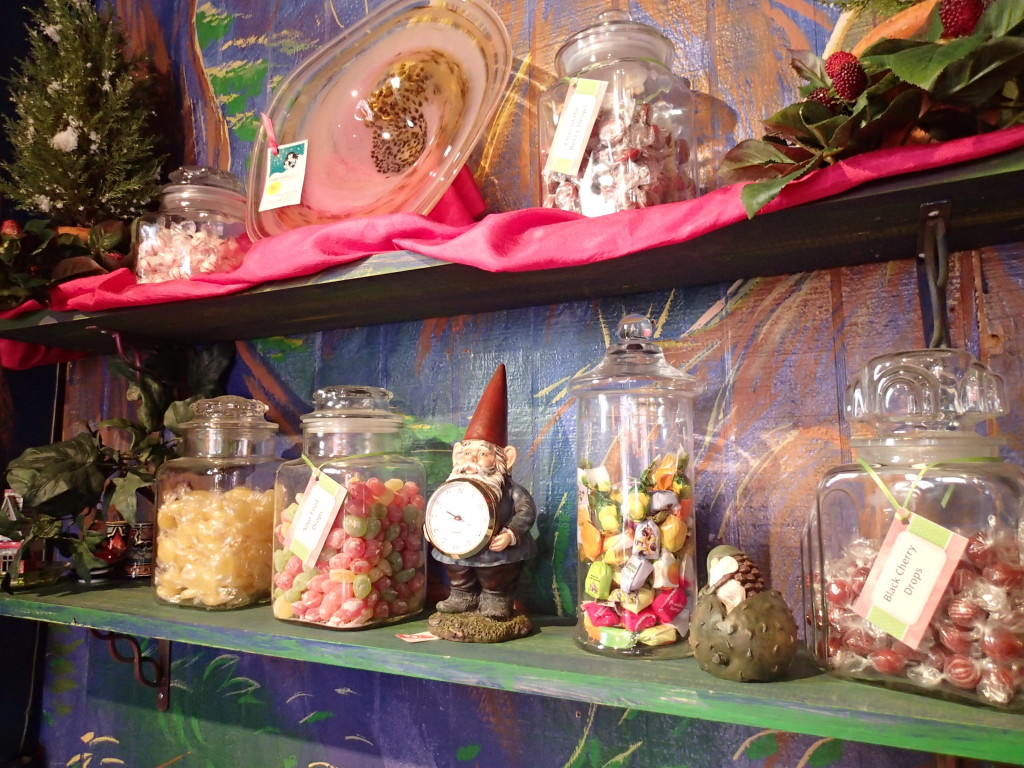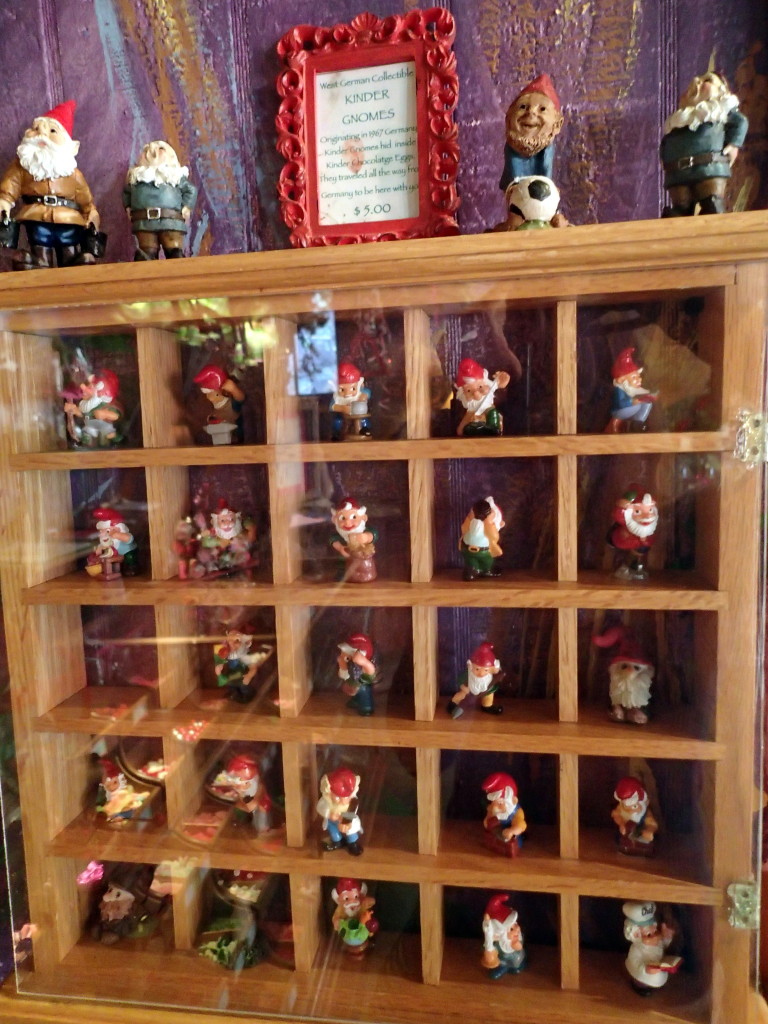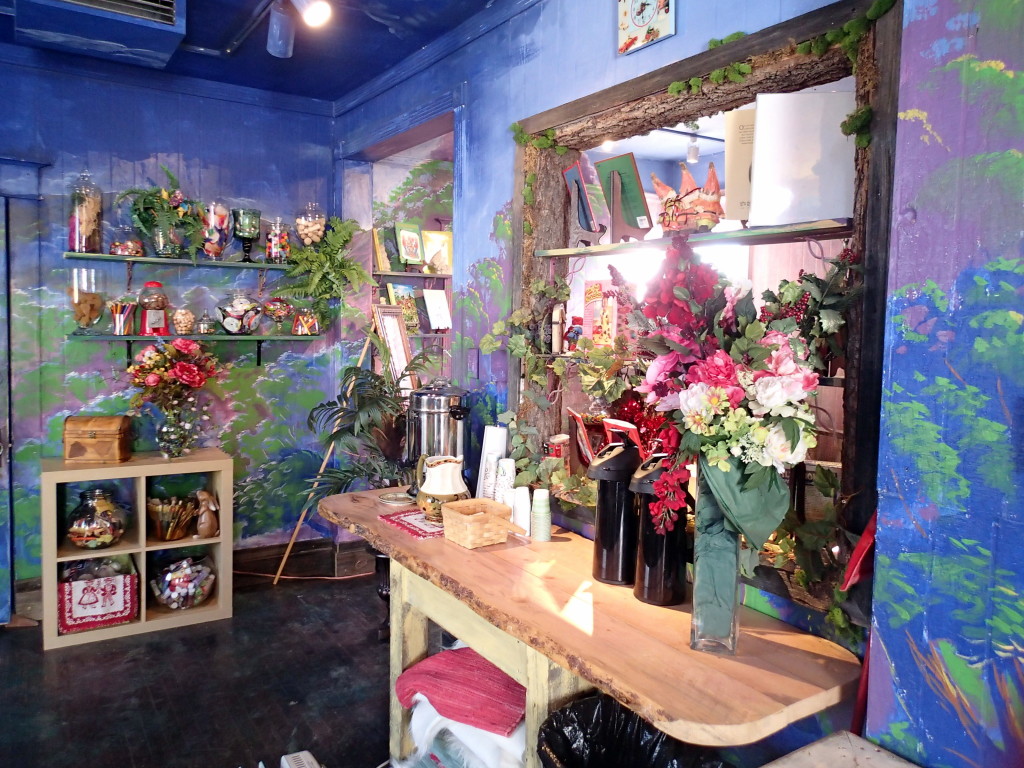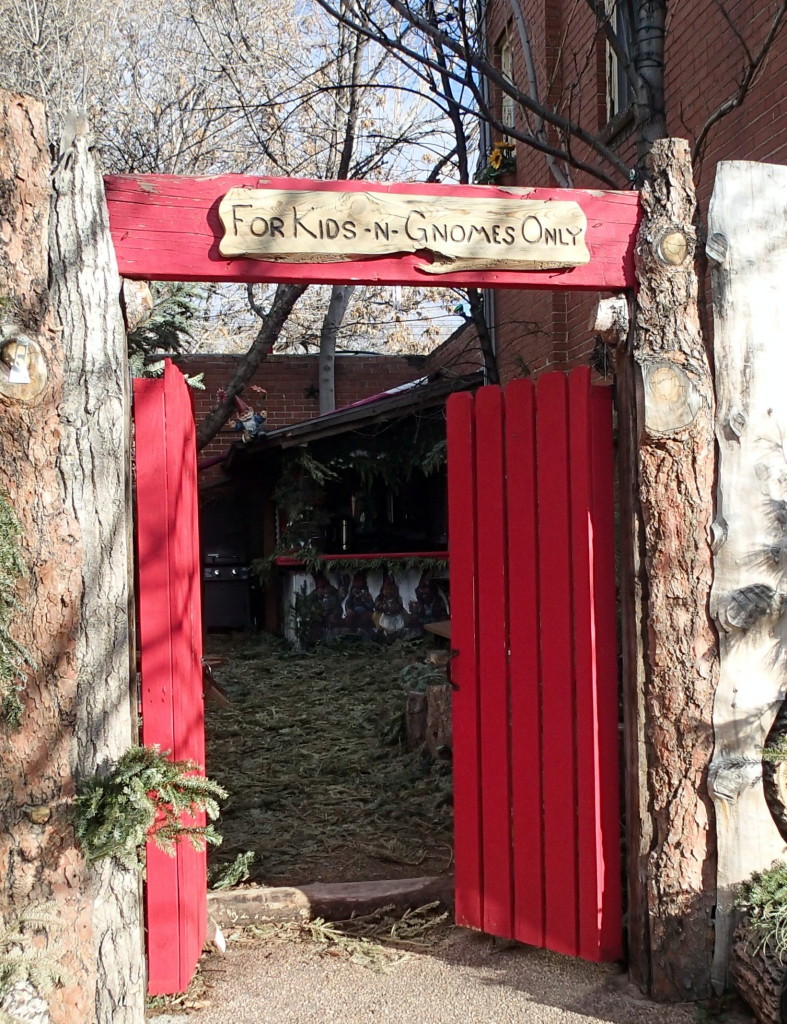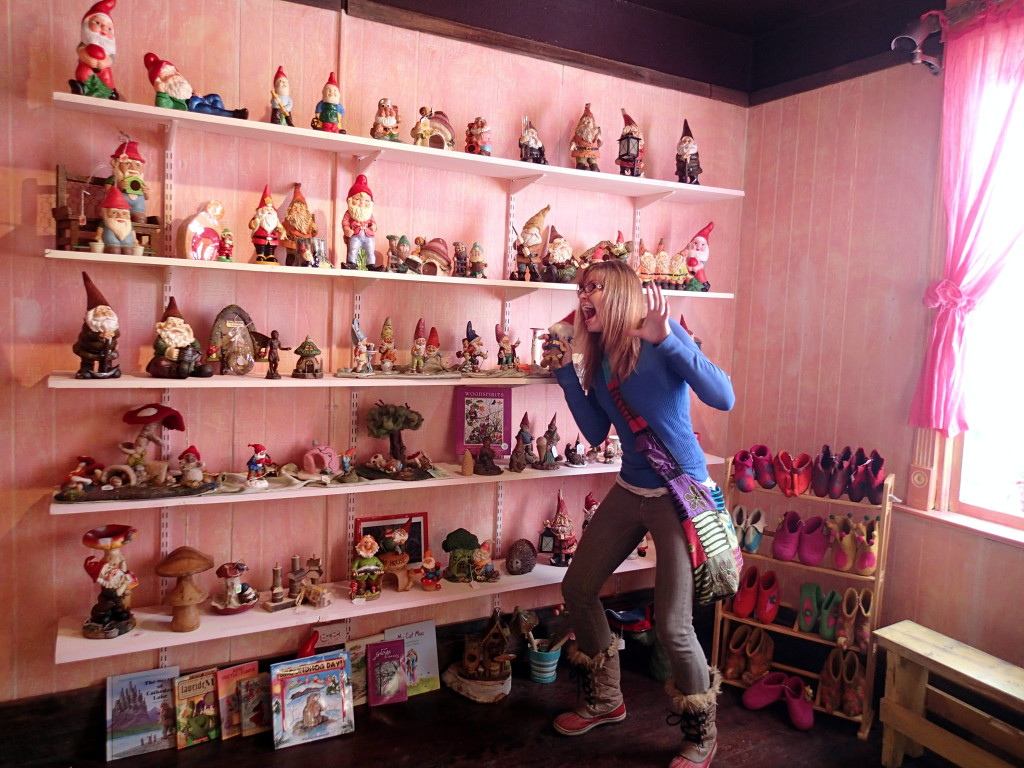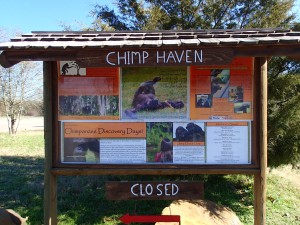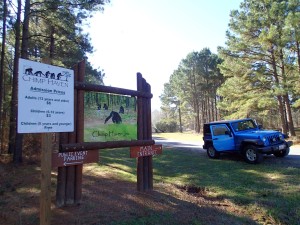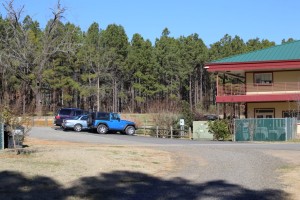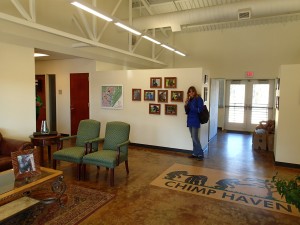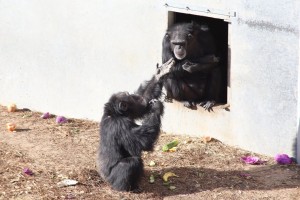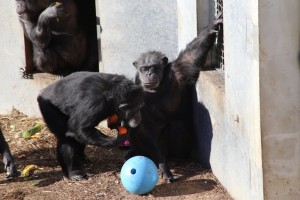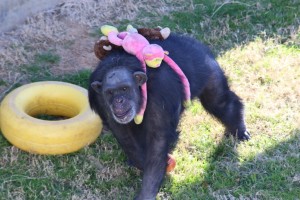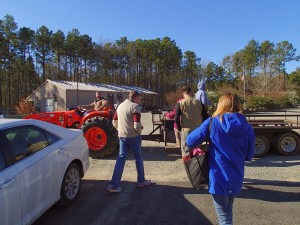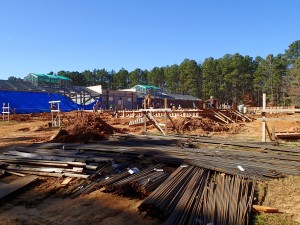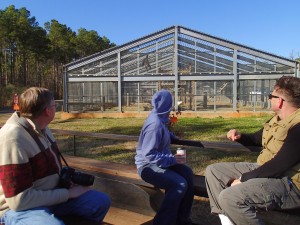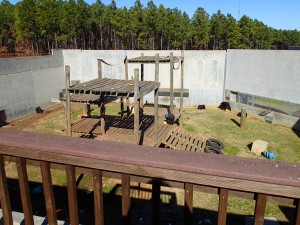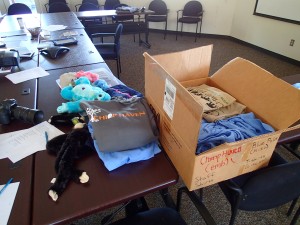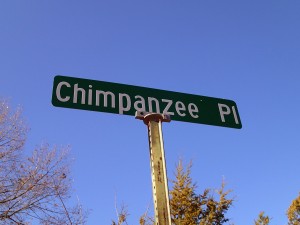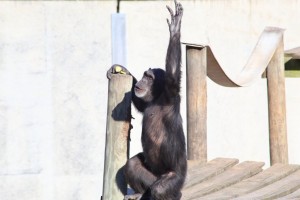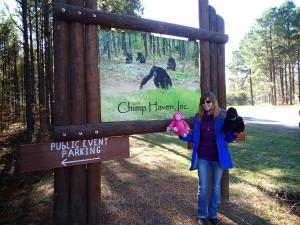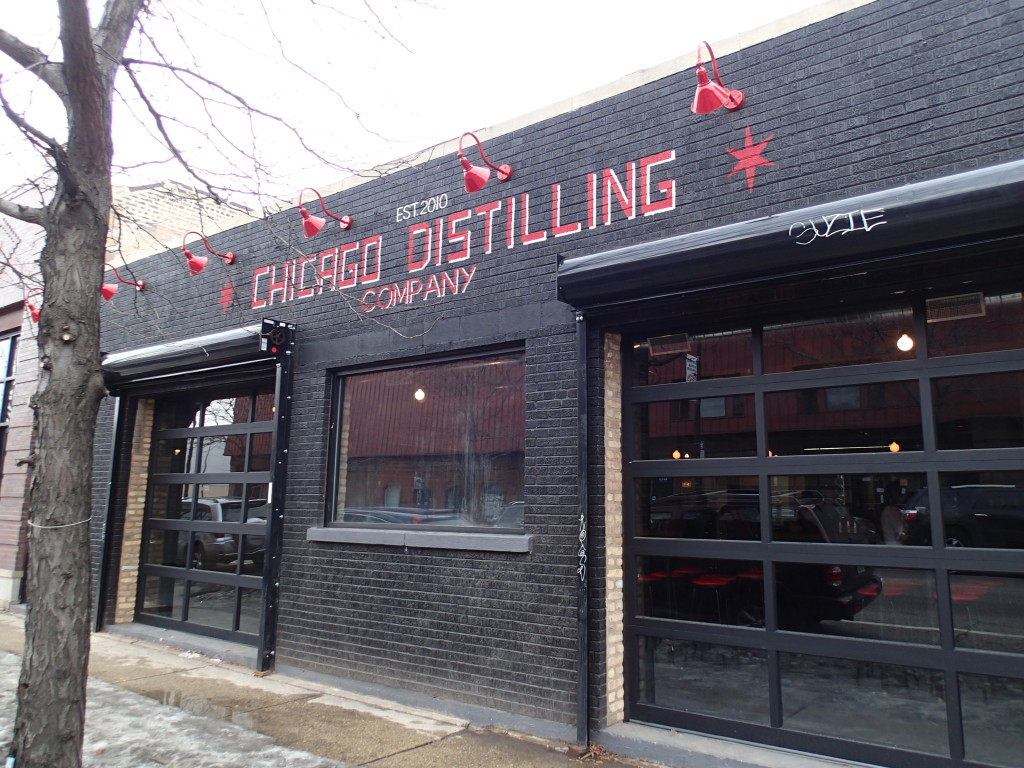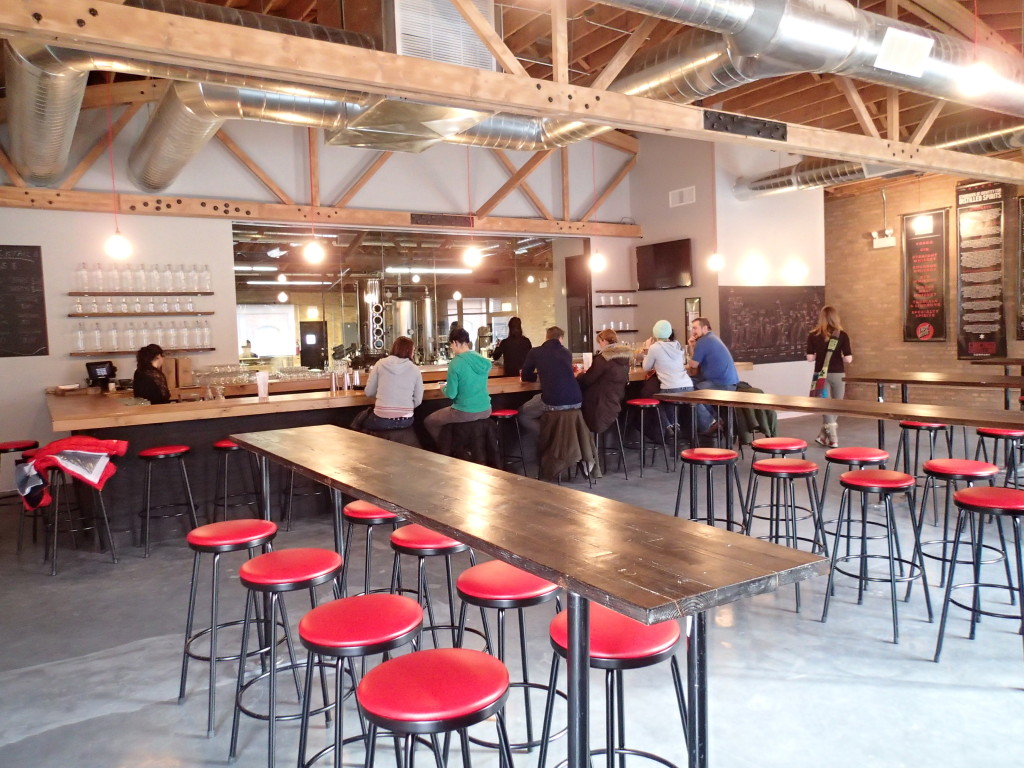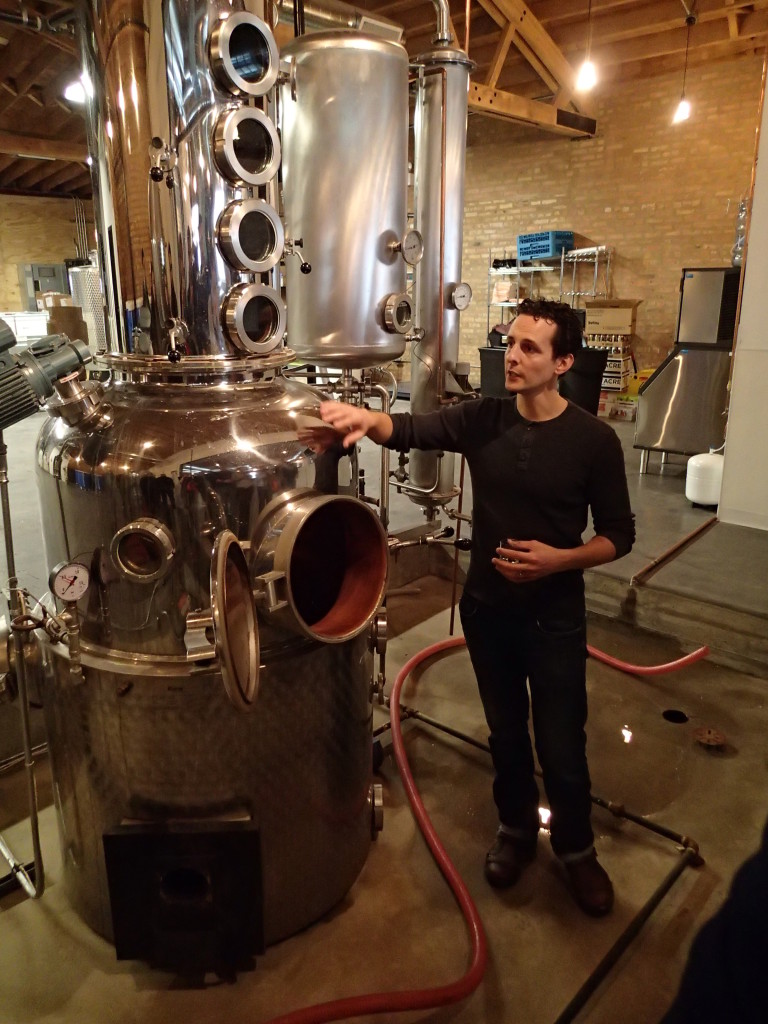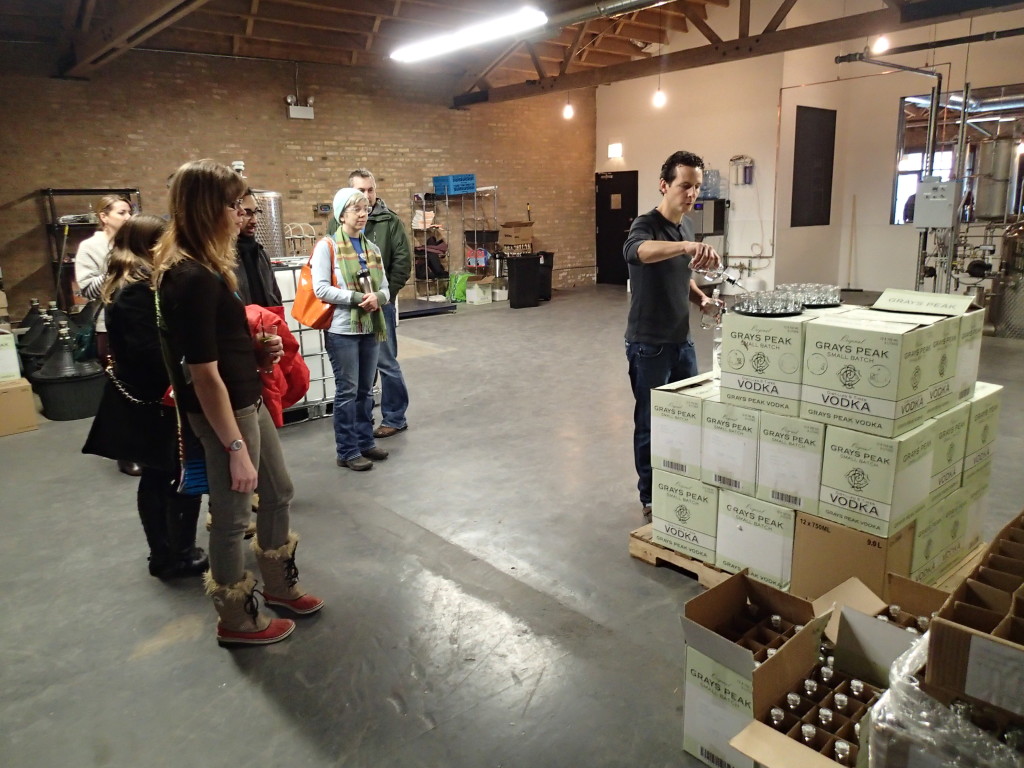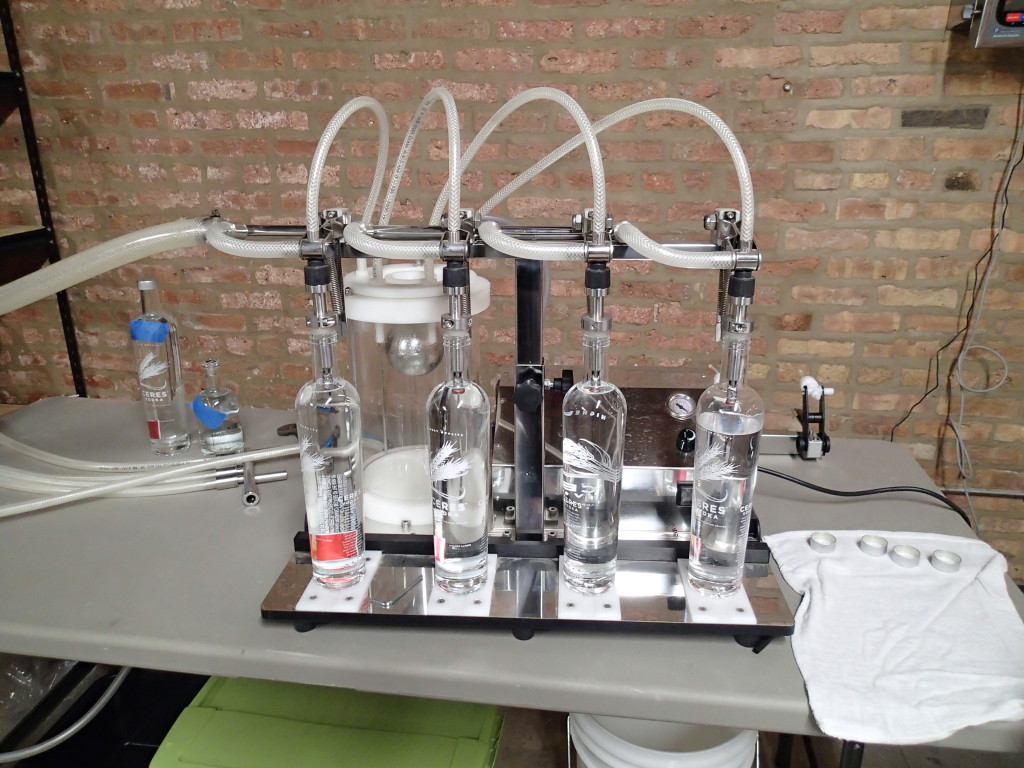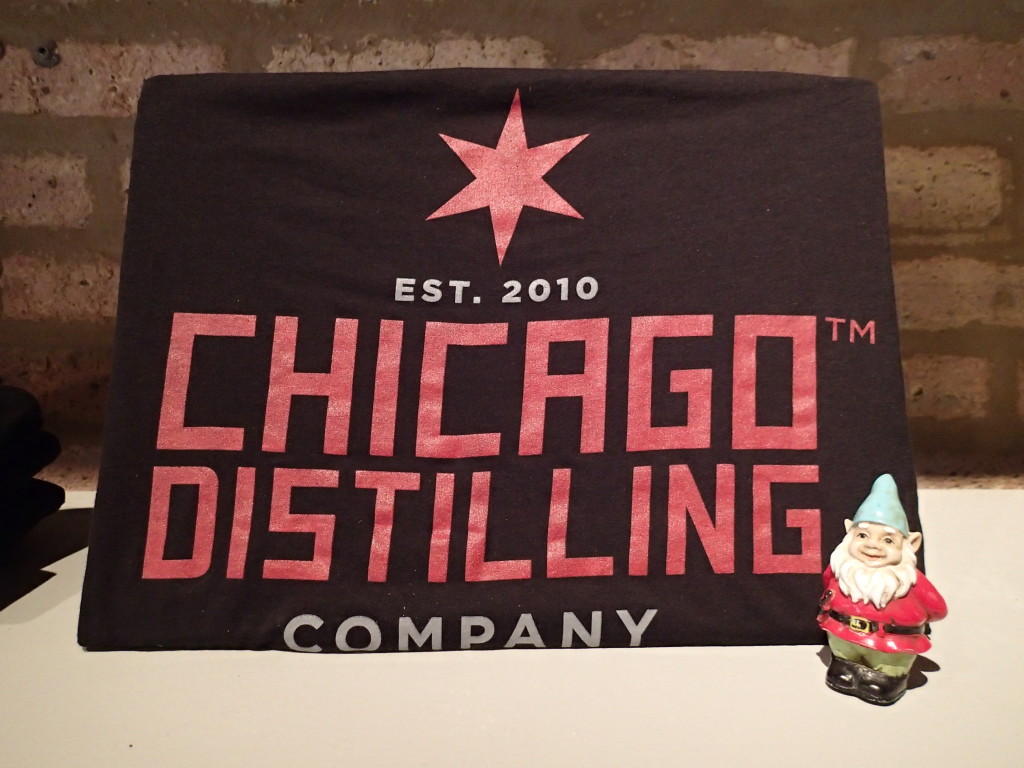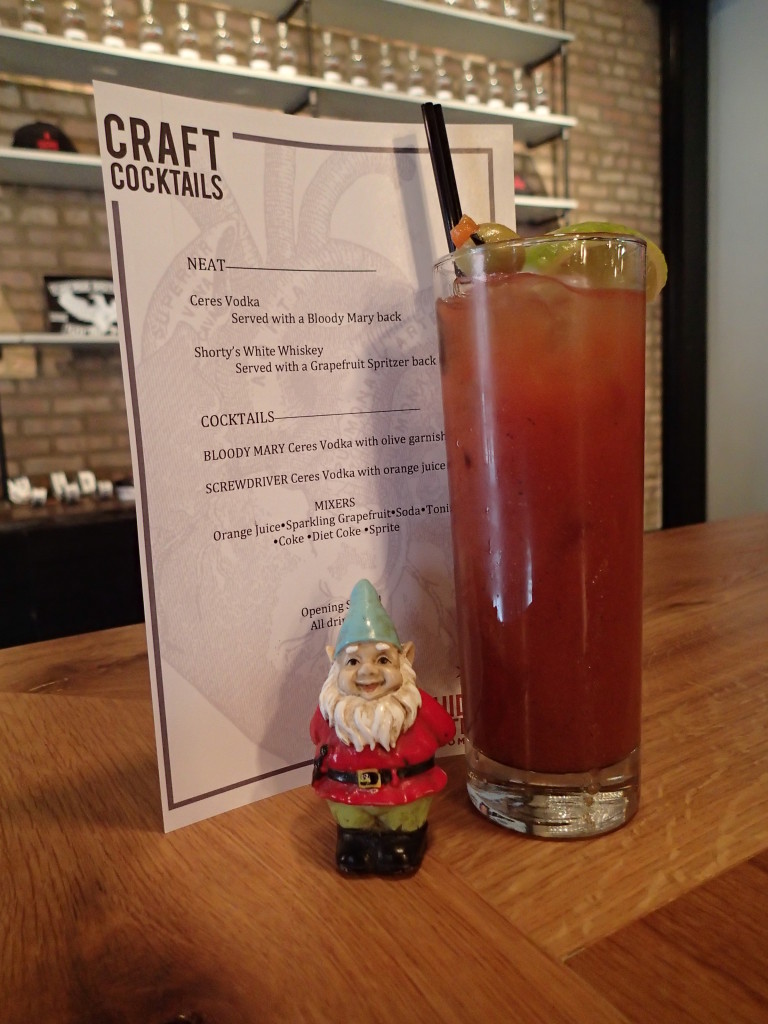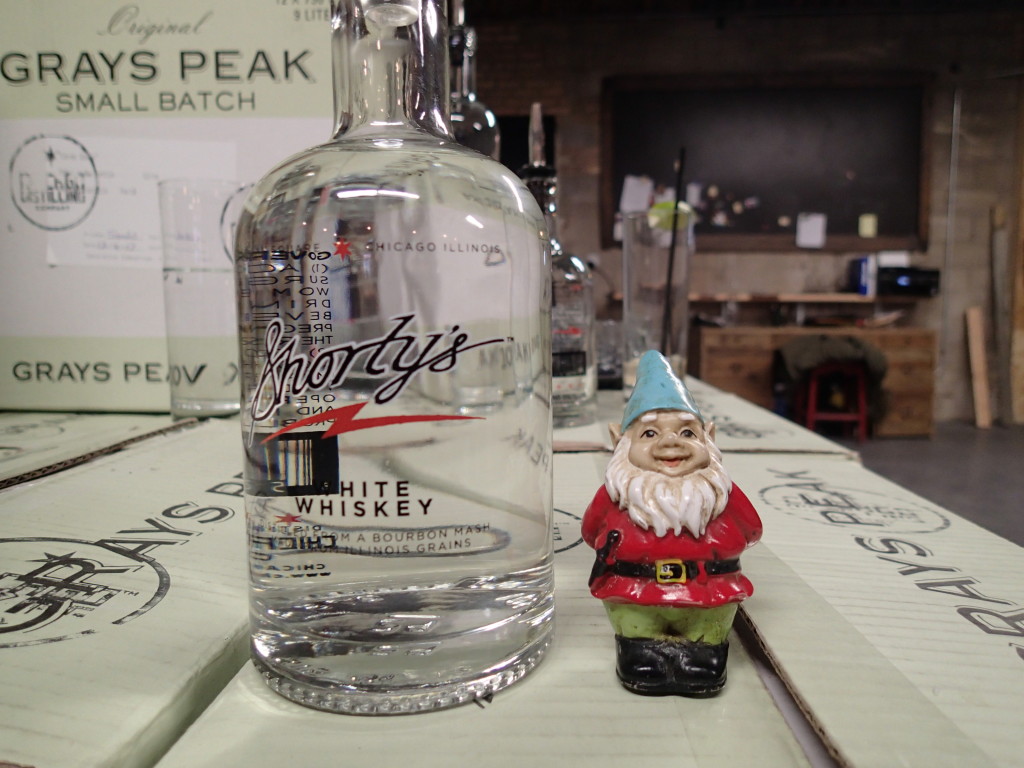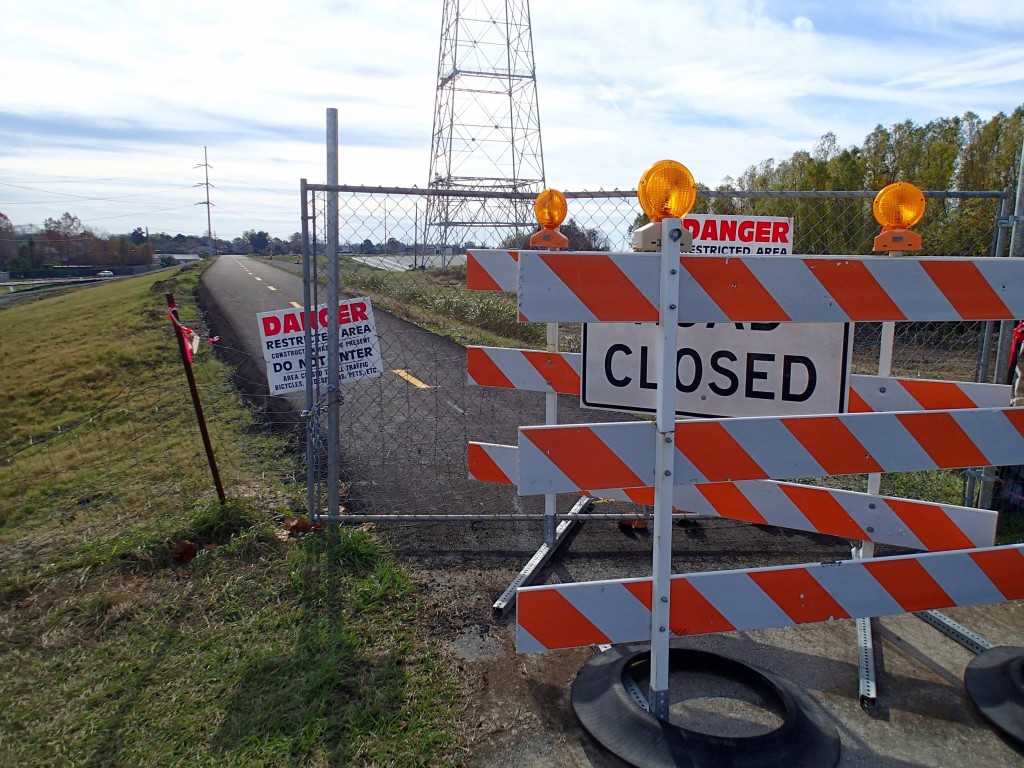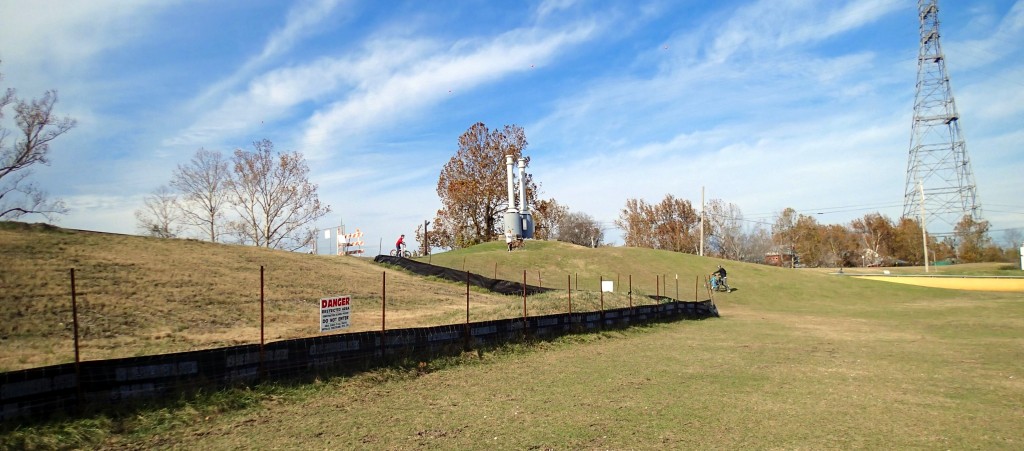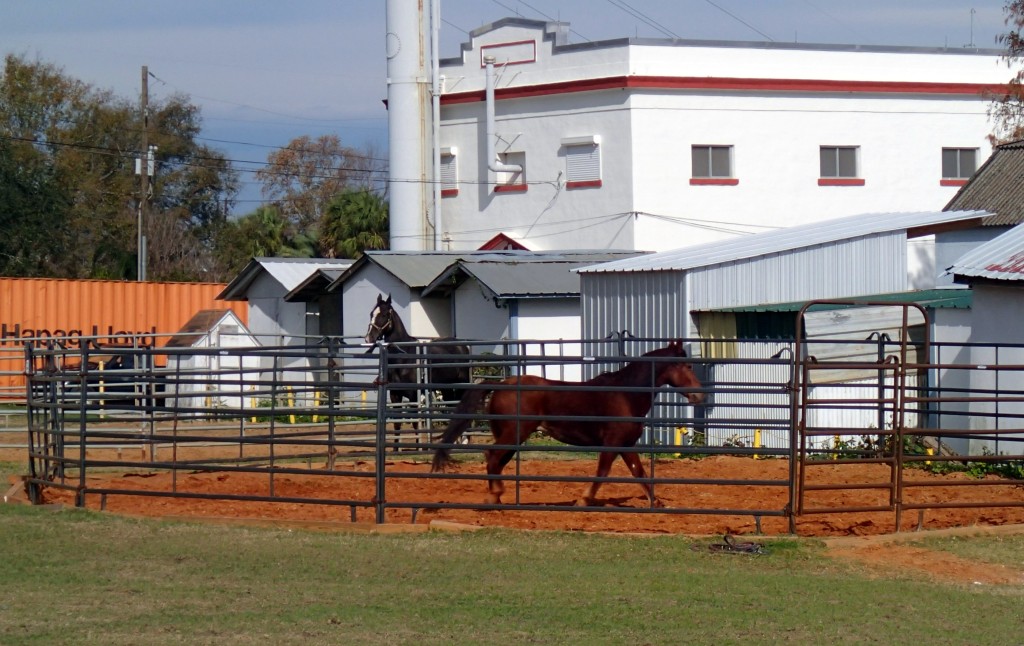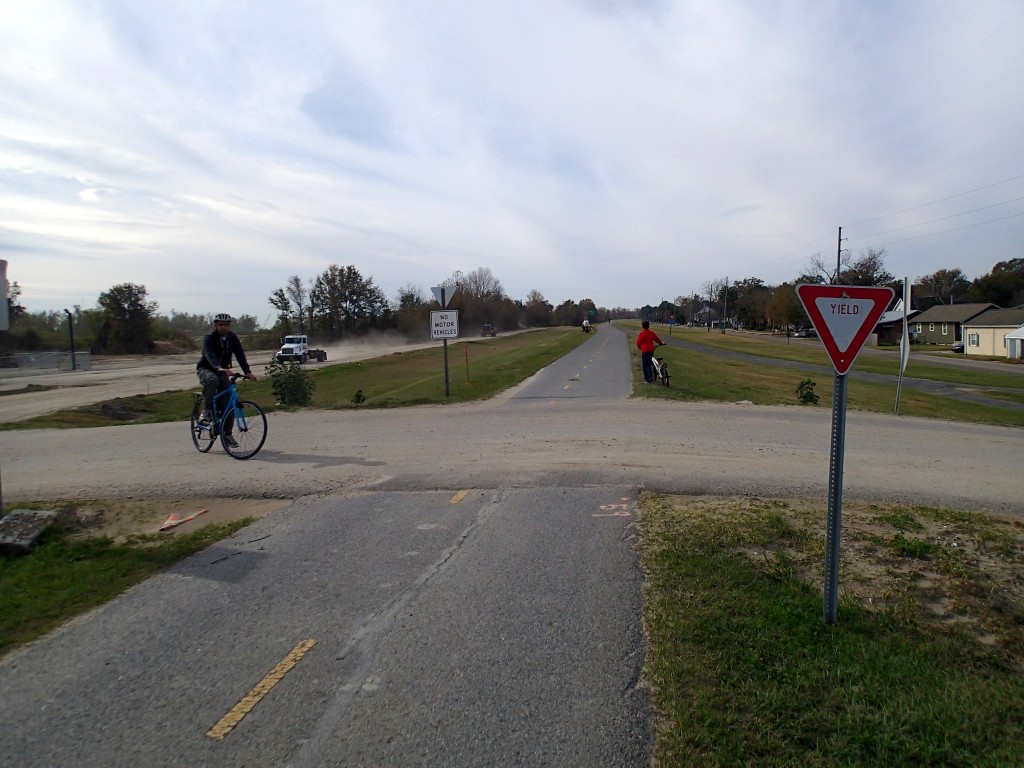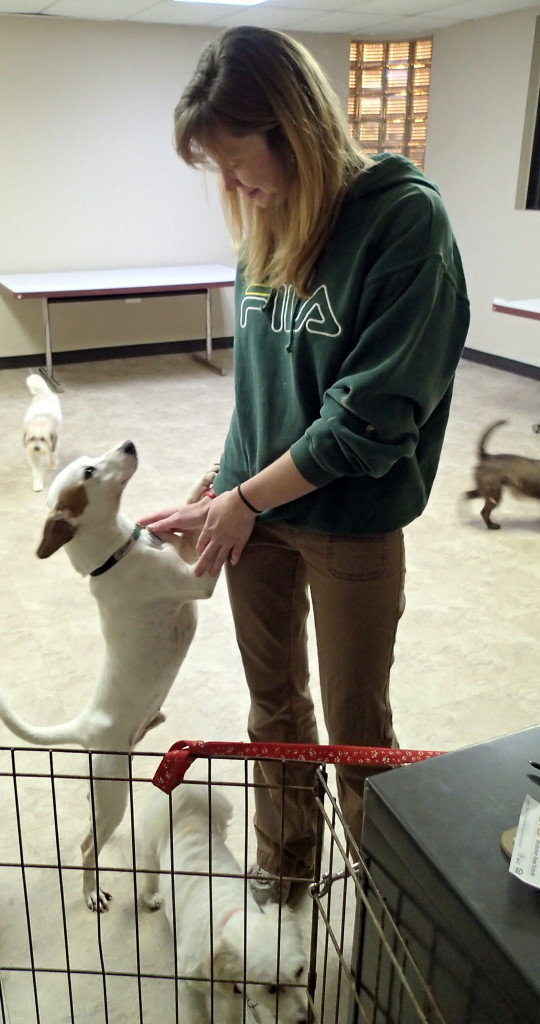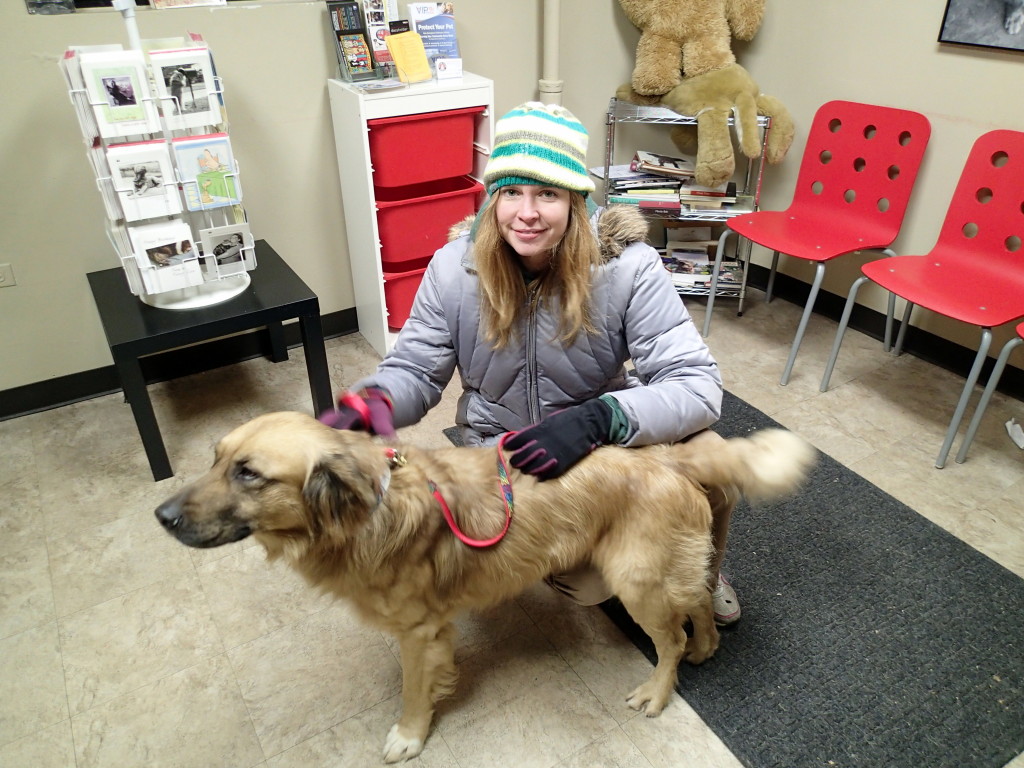Despite the pesky inconveniences and irritating discomforts that go along with camping, I’d trade my bed for a tent almost any day. While waking in up a bed feels automated, waking up in a tent feels like an adventure. While cooking in my apartment’s kitchen feels like a hassle, making dinner over a campfire feels like a relaxing activity. While I repeatedly hit the snooze button at home, the sound of birds chirping and the first rays of sunlight motivate me for the day ahead.
And that crick in my neck from sleeping on the ground? It’s much more likely to go away after a long morning hike than after staring at a screen and pushing letter buttons below it for eight hours.
For Valentine’s Day this year, my boyfriend escorted me to an RV show. Romantic, right?
I had hoped that the 46th Annual Chicago RV & Camping Show would have some cool tents and outdoor accessories, but it was almost exclusively RV-focused. Since we had already bought tickets, we spent some time looking at RVs. I instantly fell in love with the smallest pop-up camper at the show, which had a price tag of just under $6K. It seemed to be the perfect compromise between the tent camping I love and the RV lifestyle that sounded mighty appealing after a few miserable nights in the freezing cold and pouring rain.
Sadly, I was not surprised with the gift of an RV this Valentine’s Day. But I didn’t forget about that little pop-up back at the convention. A severe case of restlessness set in a couple weeks later and we started tossing out ideas for our next adventure. We didn’t feel prepared to make a major RV purchase just yet , but what if we could rent one…for just a little while?
A quick phone call to Greenwood RV Rentals settled the matter. We booked a pop-up camper, similar to the one at the convention, and drive down to the Great Smoky Mountains of Tennessee for a couple weeks. Although this rental shop’s two locations are in the Indianapolis area, Dave agreed to meet us with a rental closer to the Kentucky border, just north of Louisville. This way we didn’t have to battle Chicago traffic with it or run up the gas mileage as badly.
Dave patiently waited in a storage facility parking lot as we rolled in with the Jeep nearly an hour late. The pop-up had two full-sized beds, a dinette table with bench seats, a two-burner propane stove, an ice box, furnace, and air conditioner. As long as it’s not a holiday or a local festival weekend, the standard pop-up rates are $73 per night, with a three night/four day minimum. It also had a 30 amp electrical adapter, cold running water from the kitchen sink, and with a 1,600 pound tow weight, my Jeep Wrangler was easily up for the challenge. Thankfully, Dave spent a considerable amount of time giving us a thorough rundown of how to tow, expand, and collapse the camper.
I have previously made a reservation at River’s Edge RV Resort in Pigeon Forge, Tennessee. After emailing several RV campgrounds, I chose this one because of its Wi-Fi/Mi-Fi Internet coverage, proximity to the national park, price, and responsiveness of the staff. Since our reservation dates were still considered “off season,” the rate was just $33 per night. That jumps jump to $45 per night between April and the first of January.
I learned a lot during the two weeks that I spent in my very first pop-up camper, and I loved calling it “home” for awhile. Some parts I expected to be frustrating and they weren’t, while other challenges were a total surprise.
1. Pop-up campers have crappy insulation. In most parts of the country, pop-ups are best suited for late spring to early fall weather. The windows are made of plastic and the walls of canvas. There is a small furnace, but it’s no match for 30-degree temperatures. Bring an electric space heater!
2. Backing up a pop-up camper is really hard. It really is, and I have no idea how anyone does it.
3. Pop-up campers are more spacious than you’d expect. I expected to feel at least somewhat cramped while working, cooking, playing games, and sleeping in the pop-up. It looks tiny pulled behind a hitch, but don’t be fooled! There’s actually a ton of space in there. Use the extra bed for luggage and make use of all of the interior cupboards.
4. It’s easy to cook, do dishes, and store a couple weeks’ worth of groceries in a pop-up camper. When we tent camp, we cook most of our meals with a Jet Boil canister. This translates to lots of ramen noodles, beans, and oatmeal. Although I’m far from a culinary chef at home, I loved buying and cooking fresh vegetables in the pop-up. The faucet only puts out cold water, so if your dishes are gross, you’ll have to head to the campground bathroom and hope no one catches you in the act.
5. Try attaching the stove to the outside of the camper. Why cook inside when you can cook outside?
6. Choose a pop-up with a fridge (not an icebox) if possible. An icebox is exactly what it sounds like, and it only keeps perishables cool for a little while. Ask your RV rental company if a mini fridge is available for rent if you plan on grilling out meat.
7. The beds are surprisingly comfortable. Don’t be fooled by the flimsy mattresses. Unlike the cold, hard ground, you can actually get a decent night’s rest on a pop-up bed. Granted, our pop-up was brand new when we rented it, so the mattress hadn’t yet been weighted down by a Fatty McGoo.
8. A small propane tank only lasts four or five days if you’re running the heat. Ask your rental company if they have a propane gauge so you don’t unknowingly run out of heat in the middle of the night. A propane fill costs about $20-25 and you’ll most likely have to do a fill or exchange if you’re renting longer than three days. A small space heater can pick up the slack it unexpectedly runs out.
9. Things I wish I’d brought for my pop-up rental: broom, dust pan, candles, small space heater, floor mat for dirty shoes, bucket for gray water.
Although I’m not planning to run out an buy an camper right away, my first experience made me a believer in the RV lifestyle. Just because I sleep inside doesn’t mean I can’t spend time outside. And “roughing” it doesn’t always have to mean being cold, wet, and miserable. Maybe I’m getting older, or maybe just a little wiser.
As a minimalist, I don’t need the enormous RV with the flat screen TV and a fireplace. Instead, I’m excited to discover a “compromise camper” that equally suits my spirit of adventure AND the whiny little voice inside my head.

